In 2020, when we were baking bread at home and locked between four walls, WHO reported that due to stress and poorer nutrition, anemia increased in as much as 30% of women of reproductive age. Predictions for 2025 indicate that this issue will still be among the planet's biggest nutritional challenges. That’s why it’s important to understand how we can help ourselves with the foods we already know and use.
To be clear: absorption means how well the body soaks something up and uses it. When we talk about iron, it means how well our body transfers it from food into the blood, so we feel strong.
And you know what? It’s not enough to just eat a lot of foods with iron. What matters is how we combine them. As old wisdom says: it’s not just what you eat, but how it nourishes you.
How does food affect iron in the body?
Iron from food can enter the body well or badly. It’s not because food is bad, but because there’s real chemistry happening in our stomachs. Some foods help iron, others make it harder for our bodies. In short:
- Vitamin C helps iron (it's its best friend)
- Calcium and polyphenols (special natural compounds in plants which act as protection) can reduce iron absorption
Polyphenols are natural substances in plants that protect them from harmful effects. They’re good for people (they're antioxidants), but can make it harder to absorb iron. A study published in The American Journal of Clinical Nutrition showed that vitamin C increases iron absorption by even up to 300%, but polyphenols from coffee or tea can reduce absorption by as much as 60% if drunk with meals. This isn’t a reason to panic, just a reminder to choose wisely.
- Coffee – our morning friend, but not at lunch
Statistics say that almost 70% of adults drink coffee at least once a day. Coffee is great for waking up, but the polyphenols in it slow iron absorption. Old wisdom says: let coffee wait until the stomach is done working. Scientists say the same: drink it at least one hour before a meal, or two hours after.
- Eggs – excellent, but better together with vitamin C
Eggs are rich, homemade, and very nutritious. But they contain phosvitin (a protein that sticks to iron and makes its path to the blood harder). If we eat an omelet and a glass of lemonade or a bowl of green salad with lemon juice, that’s the best combination. Vitamin C pushes iron into the blood. Farmers did the same: eggs + homemade sour radish or pickles = clever food.
- Milk – healthy, but can confuse iron a bit
Milk is a source of calcium. Calcium is great for bones, but likes to compete with iron. Not for long, just for a short while. That’s why nutritionists say not to drink milk with lunch. Let milk be at least two hours before or after a meal if you want more iron. - Wholegrain bread – healthy, but should be supported by vitamin C
Wholegrain bread is great because it has fiber and minerals. But it also contains phytic acid (a natural substance in grains that can reduce mineral absorption). Phytic acid is in grains and seeds and can bind with minerals and hide them from the body. In the past, this was solved by eating dark bread with vinegar, onions, turnip, or horseradish… Today’s research confirms the same: vitamin C with bread helps. - Tea – black, green, chamomile, mint... all affect iron
Tea is wonderful. It soothes, warms, and brings families together at the afternoon table. But tannins in tea (polyphenols that give tea flavor) hold back iron. Tea should be at least half an hour away from a meal. If you want it right after lunch, add lemon and honey – that way you’ll make tea friendlier to iron. - Olive oil – king among oils, but better not with plant iron Olive oil contains quercetin, a plant antioxidant that protects the heart and blood vessels, but can bind iron in food. If you’re eating spinach, lentils or beans (plant sources of iron), rather add:
- pumpkin seed oil
- linseed oil
- or plain homemade pork crackling spread (yes, this helps too – traditional meals have their own logic!)
- pumpkin seed oil
- Turmeric – a great spice, but competes with iron
In recent years, turmeric became popular. It has many benefits. It helps with inflammation (American studies in 2020 confirm this). But it contains curcumin that likes to bind with iron. If you have low iron, use turmeric with meals with meat, not with plant sources of iron. - Lemon – a true superhero for iron
Lemon is full of vitamin C and is iron’s best friend. If we drink lemon before a meal or add it to salad, the iron will get into the blood faster. In a study from The American Journal of Clinical Nutrition, vitamin C in lemon juice increased iron absorption from plants by 4 times! - Dark chocolate – a dessert that can be a remedy
Dark chocolate (70%+) has iron and polyphenols. It sounds confusing because polyphenols reduce iron absorption, but during cocoa fermentation, polyphenols are partly reduced, so iron is more accessible. If we buy quality dark chocolate, we can get up to 11 mg of iron per 100 g. That’s almost as much as beef! - Pistachios – a crunchy treasure without calcium
Pistachios have a lot of iron (3.9 mg per 100 g) and very little calcium. This means they don’t interfere with iron. Maybe that’s why the Persians called pistachios the royal food of strength thousands of years ago. - Melon – a dessert that helps iron
Melon has a lot of vitamin C and lots of water. An afternoon slice of melon after a meal with lentils or spinach is simply a home remedy. So sweet, it’s like you’re helping iron with a smile.
Home remedies our grandmothers already knew
Folk methods that treated anemia are often surprisingly clever:
- Sauerkraut or fermented vegetables with a meal = vitamin C
- Cooking in an iron pot = more iron in food (scientifically proven!)
- Apple cider vinegar before a meal = better digestion
- Dandelion in spring = naturally cleans the body and helps the blood
- Dried plums and raisins = natural source of iron (popular since 1920 and still today)
And the best part: none of this is very expensive. And it’s available all year round.



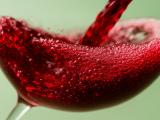
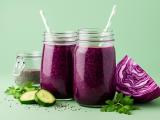
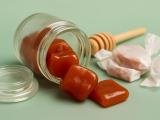
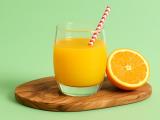

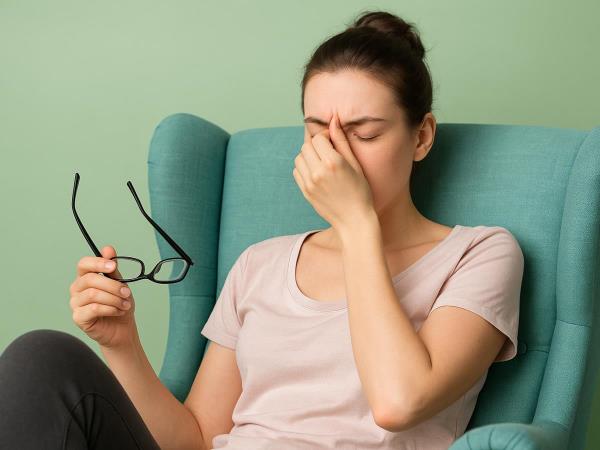
 Would you like to be informed about news on the website?
Would you like to be informed about news on the website?

